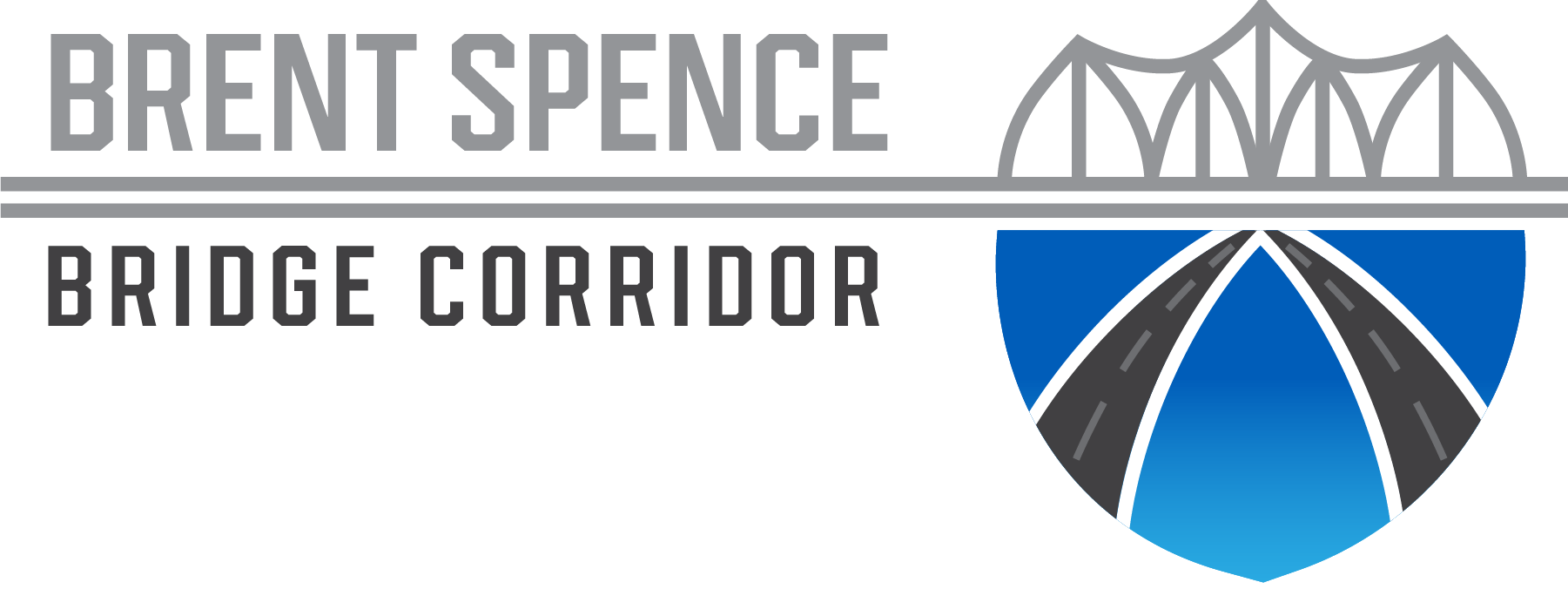Timeline Heading 1
A new street grid reconnecting downtown Cincinnati to Queensgate and reduced impacts to Goebel Park in Covington are among seven major innovations announced by officials, who say the design refinements will enhance the project based on engineering evaluations and public comment. The innovations meet or exceed the contract objectives of improving quality, reducing costs, shortening schedule, improving safety and/or supporting local communities. More than 100 suggestions were submitted to the project team from the public, key local stakeholders and the design-build team.
Timeline Heading 2
The Federal Highway Administration allows the project to advance to design and construction when it issues a Finding of No Significant Impact, or FONSI, based on its review of the project’s supplemental environmental assessment. The supplemental assessment was required to evaluate updated regulatory requirements, changed site conditions and other considerations since 2012, when the project’s original environmental assessment was approved. The supplemental assessment evaluated the social, economic and environmental effects of the project as well as measures to mitigate unavoidable impacts. The decision is also based on FHWA’s consideration of public and agency comments received during the public comment period.
Timeline Heading 3
Walsh Kokosing is awarded the project’s design-build contract. The agreement with the project’s prime contractor addresses six of the corridor’s eight miles, including five miles of Interstates 71 and 75 in Kentucky and one mile of I-75 in Ohio. It also includes improvements to the Brent Spence Bridge and the construction of a new companion bridge to its immediate west. Work on the two northernmost miles of the corridor will be conducted under separate contracts.
Timeline Heading 4
After nearly 20 years of planning, the project can move forward when it is awarded $1.635 billion in federal grants[i] from the Bipartisan Infrastructure Law. Representatives from the Ohio Department of Transportation and Kentucky Transportation Cabinet applied jointly for the funding.
Timeline Heading 5
Based on community engagement, as well as a thorough technical analysis, the footprint of the new bridge is significantly reduced from the 2012 proposal. Revised plans show the new bridge at almost half the size of the 2012 footprint.
Timeline Heading 5
The Brent Spence Bridge Corridor Project receives federal environmental approval when the Federal Highway Administration issues a Finding of No Significant Impact, or FONSI, in connection with its review of an environmental assessment that analyzes the project’s impacts to the natural and human environment.
Timeline Heading 5
A project website, newsletters and roving display are among the measures implemented to solicit ideas and comments from stakeholders and residents about the project. Advisory and aesthetic committees are formed, and public meetings are conducted. A coordinated communications program also educates the public on the long-term benefits of the infrastructure improvements under consideration, such as improved mobility.
Timeline Heading 5
The Kentucky Transportation Cabinet and Ohio Department of Transportation sign of memorandum of understanding, formally agreeing to study and develop a project to improve the Brent Spence Bridge Corridor. This marks the beginning of a collaboration to address the bridge’s infrastructure needs, including Interstates 71 and 75.
Timeline Heading 5
To alleviate congestion on the Bent Spence Bridge, which is already a major commuter and freight route, officials remove the emergency shoulders so they can add a fourth lane of traffic in each direction.
Timeline Heading 5
With two decks and three lanes in each direction, the Brent Spence Bridge opens to traffic. Motorists jump the gun, crossing the bridge as soon as workers remove barricades and before a motorcade of elected officials can cross the span. The bridge is designed to accommodate 80,000 vehicles per day.
